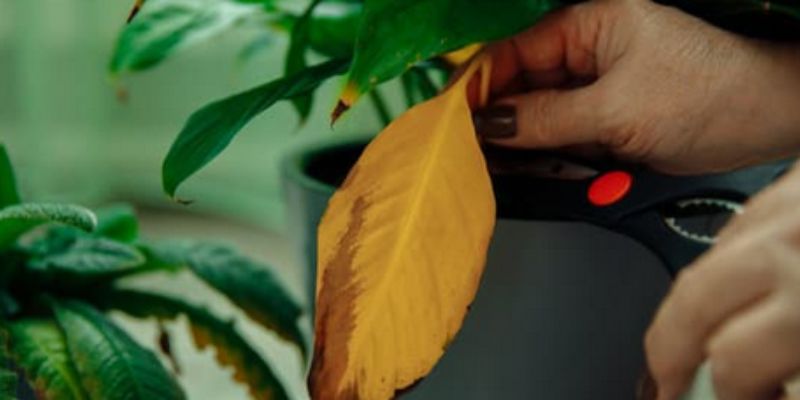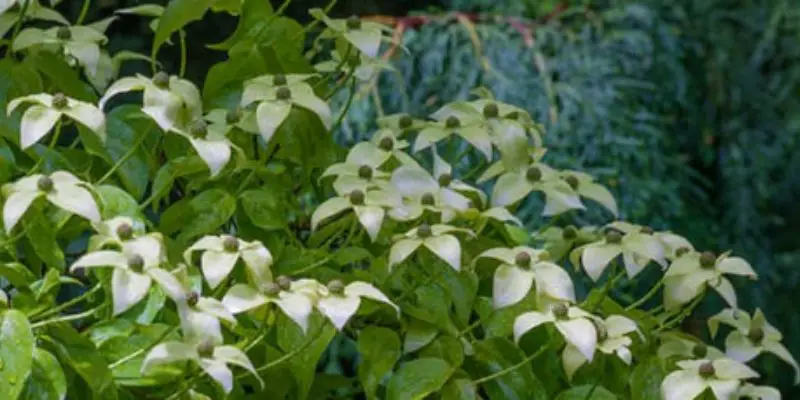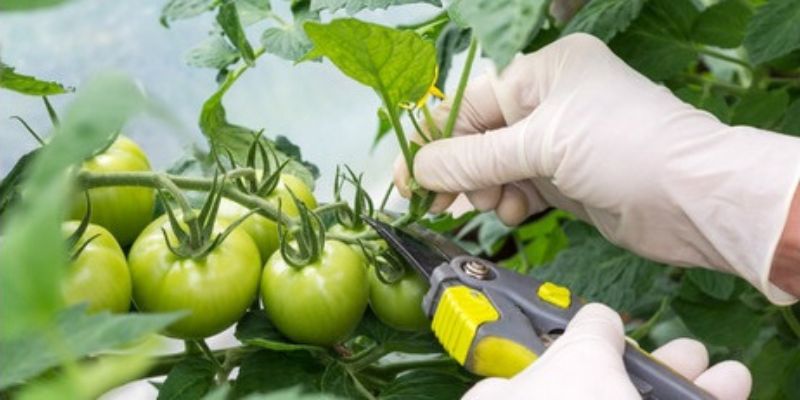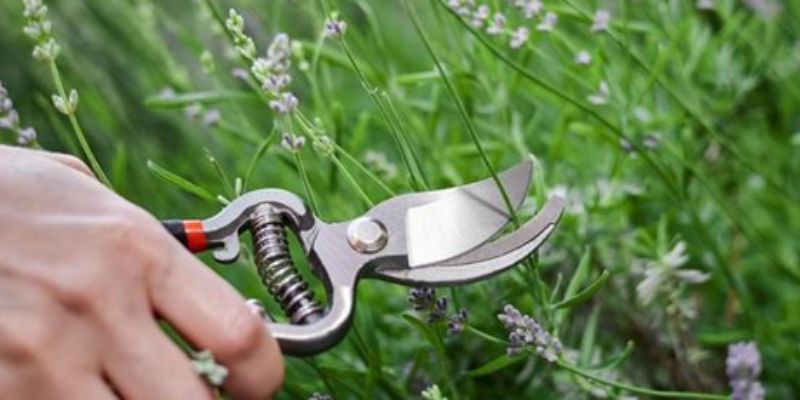Pruning is an essential yet often overlooked task when caring for houseplants. Proper pruning encourages healthy, compact growth and more flowers and fruits. While the pruning needs of indoor plants vary, there are key techniques to follow for lush, vibrant plants. In this guide, you will learn how to prune indoor plants, the best timing, and the associated benefits.
Why Prune Indoor Plants?
Pruning indoor plants provides several important benefits:
- Directs growth – Cutting back long, leggy stems encourages bushier, fuller plants.
- Improves air circulation – Removal of crowded growth allows better airflow to prevent disease.
- Increases light exposure – Thinning inner branches lets more light reach the canopy.
- Rejuvenates old plants – Cutting back stale growth stimulates new, vigorous shoots.
- Controls size – Pruning contains plants, keeping them a suitable size for their space.
- Removes dead growth – Pruning out dead or dying stems improves appearance.
- Promotes blooms – Pruning at the right time maximizes flower production on many plants.
- Enhances fruiting – Pruning optimizes fruit yield on indoor fruiting plants.
- Maintains plant health – Removal of diseased or pest-infested stems controls spread.
Regular pruning ensures your indoor plants put energy into healthy new growth, not overgrown and woody stems.
When to Prune Houseplants
Timing is important when pruning houseplants. Prune at the wrong time of year and you may remove developing flower buds or damage the plant. Follow these tips on timing:
- Prune spring-summer blooming plants soon after flowering.
- For fall/winter bloomers, prune in early spring before flower buds form.
- Prune fruiting plants like citrus after harvest to prepare for the next crop.
- Prune plants that bloom on old wood in the spring before new growth emerges.
- Prune plants that bloom on new wood in late winter, just before active growth resumes.
- Avoid pruning when plants are entering dormancy in fall/winter.
- Don’t prune stressed plants; wait until healthy.
Ideal pruning time depends on the plant’s growth habits. Knowing when your plants bloom and fruit ensures pruning at the right time of year.
Tools and Supplies for Pruning Houseplants
Having the proper pruning tools makes the job easier and improves results. Useful supplies include:
- Hand pruners – Essential for precision pruning of stems up to 0.5 inch thick.
- Scissors – Sharp scissors work well for quickly trimming soft new growth.
- Loppers – Long handled pruners to reach farther into large houseplants.
- Small saw – For woody stems thicker than 0.5 inches that hand pruners can’t cut.
- Pole pruner – Pruning head on an extension pole for tall houseplants.
- Sterilizing solution – Rubbing alcohol, dilute bleach, or disinfecting wipes to sanitize tools.
- Trash bags – For removing and disposing of pruned stems.
- Potting soil & pots – For rooting tip cuttings if desired.
Quality tools, kept cleaned and sharp, enable you to prune indoor plants quickly and accurately.
How to Prune Indoor Plants
Pruning techniques vary somewhat by plant. Here are tips for properly pruning popular houseplants:
Jade Plant
1. To limit size, cut leggy stems back by half. New shoots will emerge below cuts.
2. Prune anytime but best in late winter before growth resumes.
3. Dust leaves after pruning to prevent scale infestation on fresh wounds.
Rubber Plant
1. Prune upright stems back to a leaf node to encourage bushiness.
2. Remove large lower leaves shading inner stems to increase light exposure.
3. Prune in late winter, before growth starts. Disinfect tools after each cut.
Peace Lily
1. Remove dead or yellowing leaves as well as old flower stems.
2. Cut back outer stems to shape plant and direct growth.
3. Prune in early spring to control size and remove spent blooms.
Pothos
1. Cut back long, leggy stems to just above a node to encourage fullness.
2. Prune anytime, though best done in early spring.
3. Take tip cuttings to propagate more plants.
Snake Plant
1. Remove any damaged, diseased leaves.
2. Cut back water sprouts emerging above the foliage.
3. For overgrown plants, cut rhizomes back to 6 inch chunks to propagate.
4. Prune in late winter when plant is dormant.
Croton
1. Pinch back stem tips to encourage bushy growth.
2. Thin inner stems to allow light into center of plant.
3. Prune in late winter or early spring before growth resumes.
Geranium
1. Cut back leggy stems by half their length above a set of leaves.
2. Deadhead spent flowers to encourage reblooming.
3. Prune geraniums after flowering through early spring.
With the right technique for each plant, pruning keeps indoor plants looking their best.
How to Prune Long Stems
The key pruning method for most houseplants is cutting back overgrown stems. Follow these steps:
1. Sterilize your pruning tool in rubbing alcohol. Make cuts above a leaf node.
2. Remove leaves from the lower 2-3 inches of the stem being pruned.
3. Make a clean diagonal cut 0.25 inch above the node using a sterilized hand pruner or scissors.
4. Dust the cut with sulfur powder or cinnamon to prevent infection.
5. Either discard the removed stem or root it to propagate new plants.
6. Continue sterilizing the tool after every couple cuts to prevent disease spread.
Properly cutting back long stems encourages compact, full growth instead of legginess.
How to Thin Congested Houseplants
Many indoor plants become overgrown, with congested stems and foliage. To thin dense houseplants:
1. Sterilize pruning tools in rubbing alcohol before starting.
2. Select inner branches that are weak, thin, or crowding other stems.
3. Use hand pruners or loppers to cut back the poorly placed stems to their base.
4. If needed, cut back outer stems by a few inches to open the plant’s interior.
5. Remove some large, old leaves to allow light into the center.
6. Continue sterilizing tools regularly between cuts.
Judicious thinning relieves congested plants so light and air can penetrate into the canopy.
Mistakes to Avoid When Pruning Houseplants
While pruning indoor plants is straightforward, it helps to avoid these common mistakes:
- Not sterilizing tools between plants or cuts. This spreads disease.
- Removing too much foliage. Leaves power growth through photosynthesis.
- Overpruning roots when repotting. Trim only circled or tangled roots.
- Cutting stems too short. Leave 2-3 nodes when pruning stems.
- Pruning off developing flower buds or fruits. Note flowering seasons.
- Pruning just before or during dormancy. Prune when plants are actively growing.
- Failure to remove spent blooms. Deadhead for continuous flowering.
- Using dull pruners that crush stems instead of cutting cleanly.
- No follow-up fertilization after heavy pruning. Apply balanced fertilizer to regrow.
Avoiding these mistakes helps ensure proper pruning technique for thriving indoor plants.
Conclusion
While often overlooked, regular pruning is essential for lush, healthy houseplants. Pruning encourages compact growth, increases blooms and fruit, and maintains plant health. By learning how to prune indoor plants, using the right tools and techniques for each plant, and pruning at ideal times of year, indoor plants will thrive under your care for many years.

Michael Glenn is a certified arborist and horticultural expert with over 15 years of experience in the landscape industry. His passion for plants and trees has led him to become a sought-after authority on pruning and trimming techniques. Glenn’s in-depth knowledge of proper pruning methods, timing, and tools has helped countless homeowners and professionals maintain healthy, aesthetically pleasing gardens and landscapes.
In addition to sharing his pruning expertise through practical tips, step-by-step guides, and expert advice, Glenn is also a respected author of pruning tool buying guides. His comprehensive reviews and comparisons ensure readers can make informed decisions when investing in quality loppers, pruning shears, saws, and other essential equipment. With a deep understanding of plant biology and sustainable practices, Glenn’s writing empowers audiences with the knowledge needed to properly care for green spaces.





